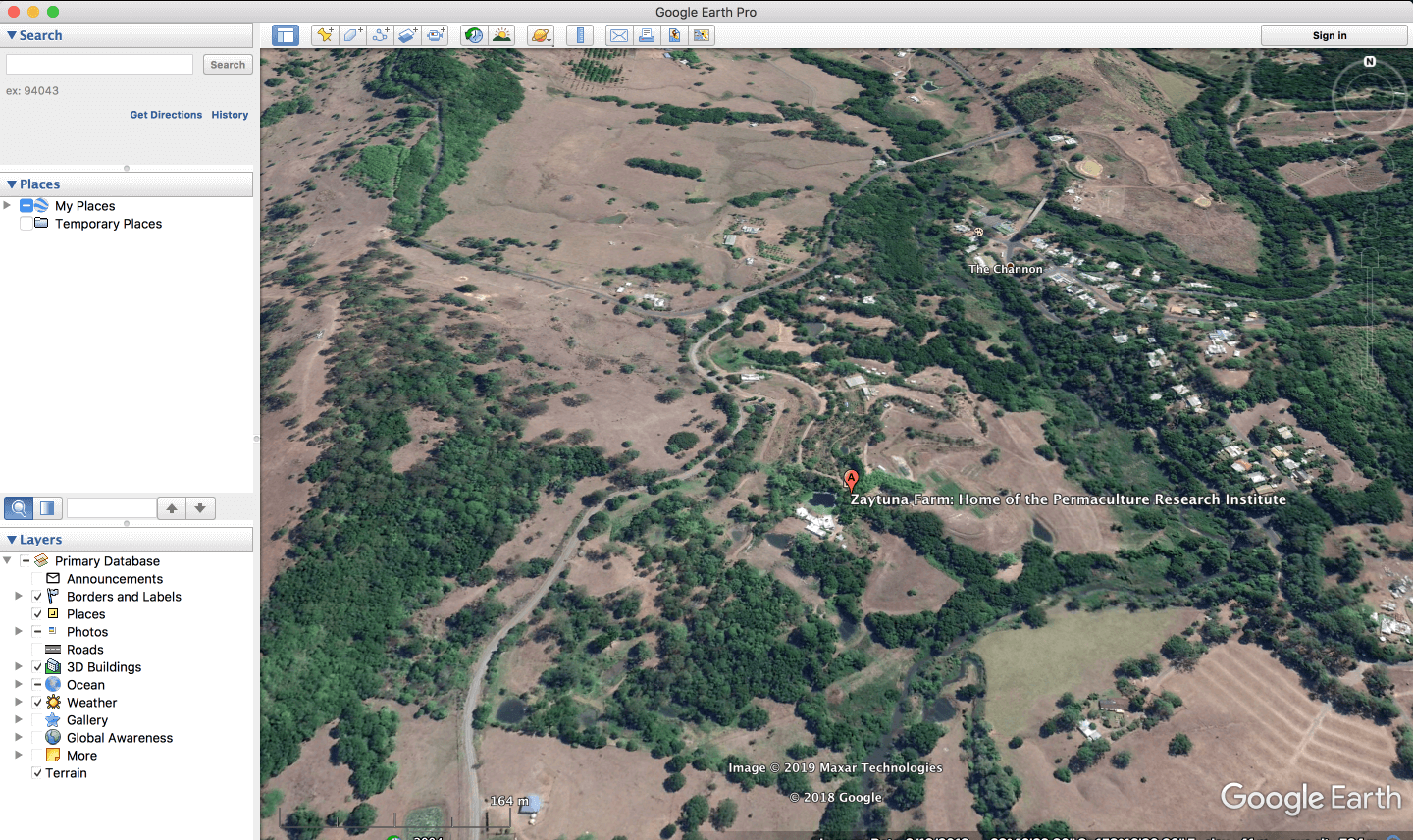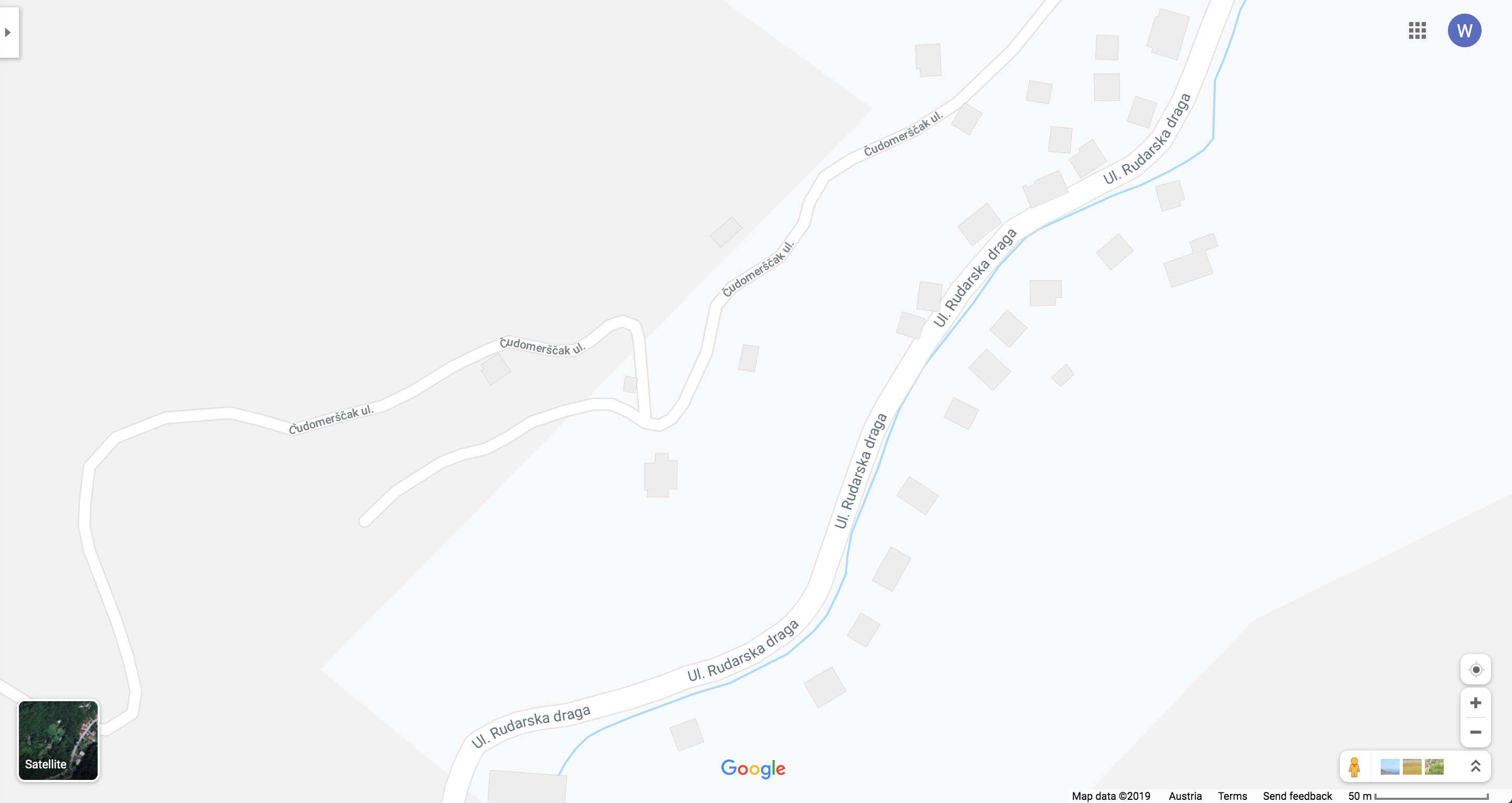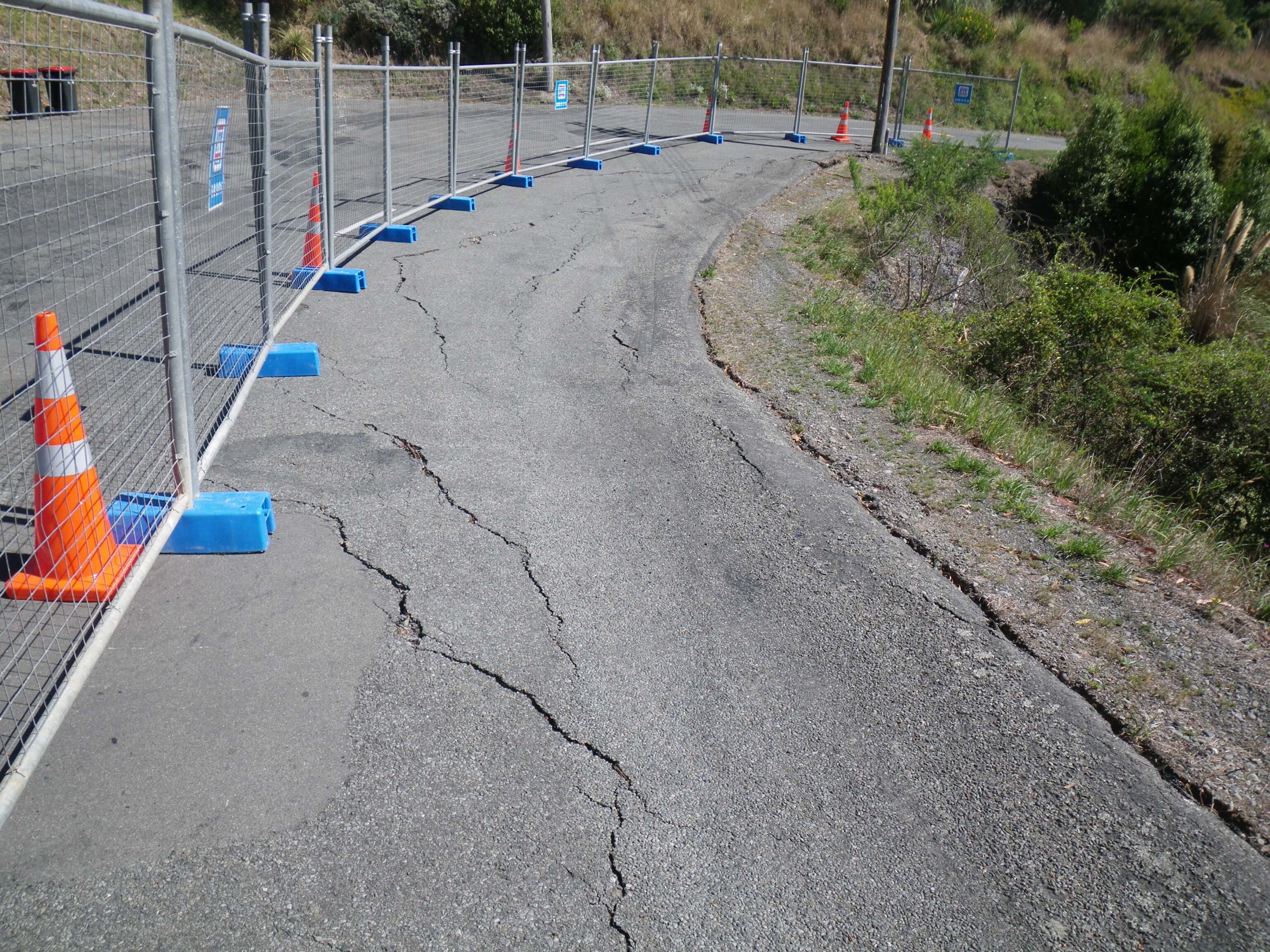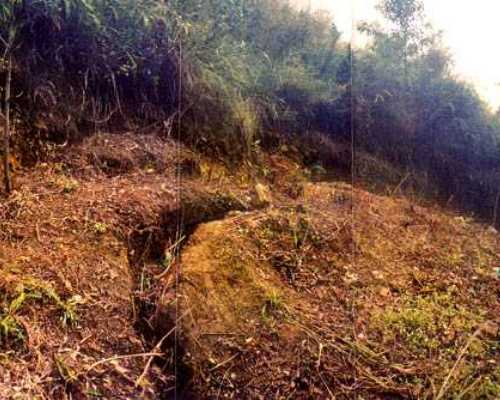THREATS
Analyzing for threats will highlight if there are any aspects and events that might potentially have dire consequences for your farm and people living there
By looking at these you’ll make sure that the site is safe from disasters and toxic influences from the neighborhood.
In this assessment you look at whether the property is located in any of these zones:
- Toxic
- Flood
- Wildfire
- Landslide



Type #1 Risk Assessment:
If there is any conventional farmland surrounding the property, the risk for contamination is very high. Anything toxic upstream or uphill presents a considerable concern and should also be avoided.

Type #1 Risk Assessment:
Irrespective of the zone type, low probability of occurrence, levees or other water management structures the property should never be on any kind of floodplain.




Type #1 Risk Assessment:
If the property is in the bottom of a narrow valley, then, whether or not you can see a creek running there, it’s a high-risk area. The chances are that a large summer thunderstorm can generate tons of water and funnel it down the valley. Look for properties that are on higher ground.

Type #1 Risk Assessment:
If the property is a fire-dependent ecosystem then it’s crucial that there is at least a safe access way allowing prompt exit from the property in the case of life-threatening wildfire.



Type #1 Risk Assessment:
Landslides are a naturally occurring environmental hazard but they have recently increased in frequency in certain areas due to human activity. If you find any signs of landslide activity in the past or slow earth movement recently avoid the area altogether or focus your search on the safe distance away of the potential landslide threats.
Copyright © 2023 Permaculture Apprentice. All Rights Reserved | Privacy | Terms of Service |Member Agreement